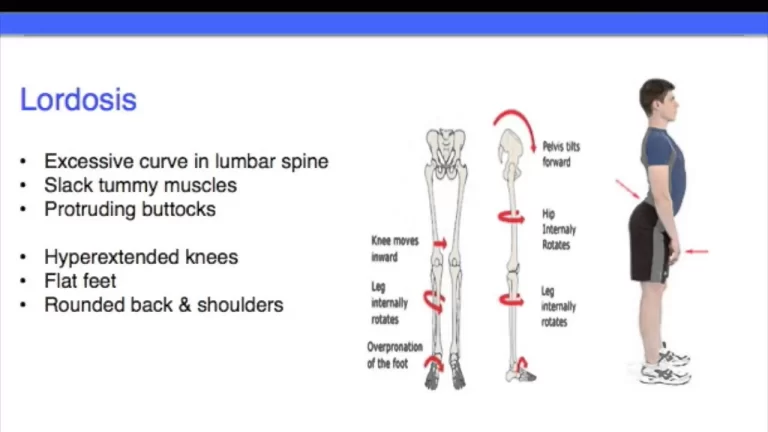Recurrent Shoulder Dislocation And Physiotherapy Management
Recurrent shoulder dislocation definition Recurrent shoulder dislocation is a disorder that occurs when the glenohumeral joint, or shoulder joint, is repeatedly dislocating. The shoulder is one of the most mobile joints in the human body, and as such is the most likely to dislocate. Shoulder dislocation can be either anterior or posterior, with the anterior…









